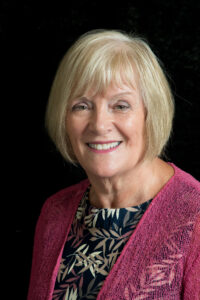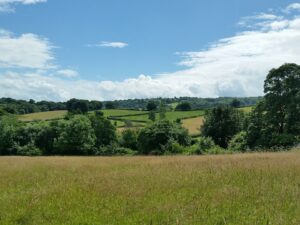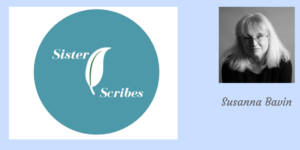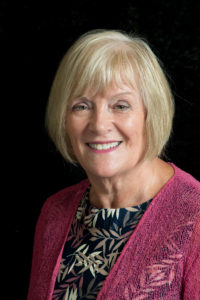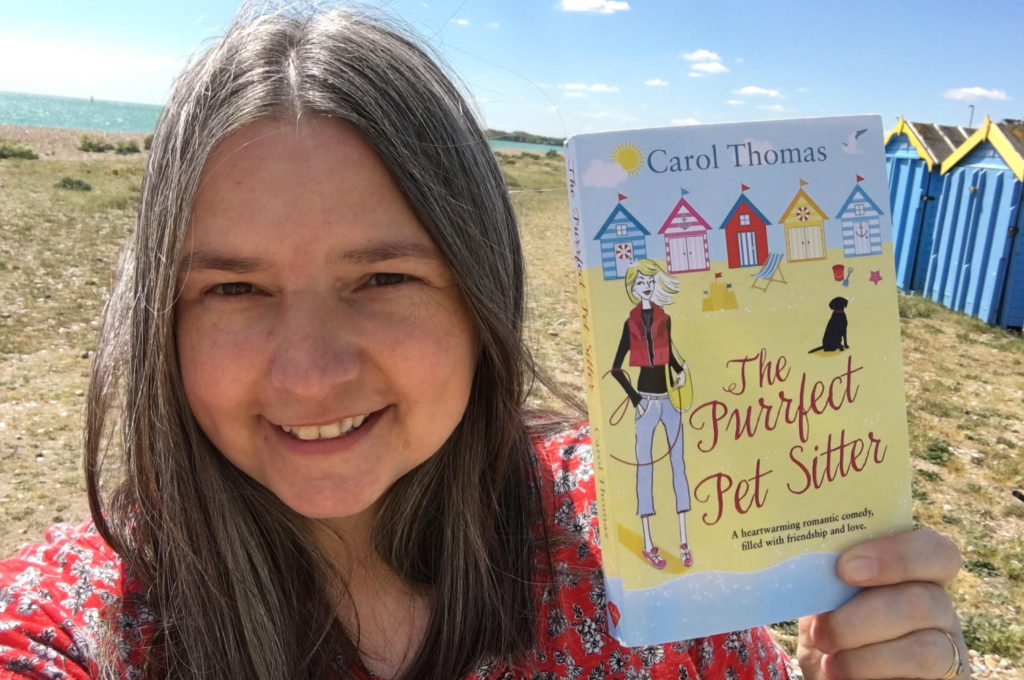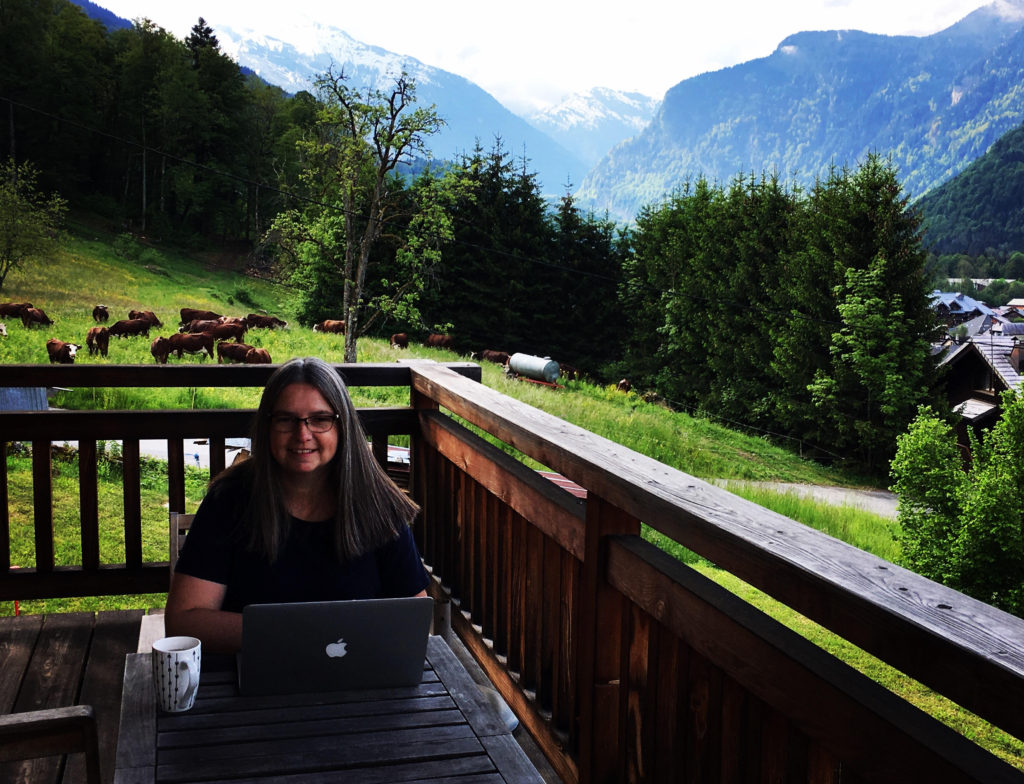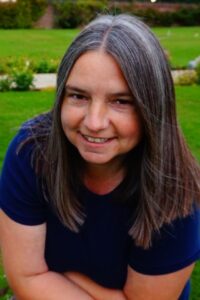 Ava Flynn, the heroine of my novel, A Summer of Second Chances, feels the clothes donated to the charity shop she manages have seen more life than her. Yet maximum dedication is what it takes to keep her late mother’s beloved wildlife charity, All Critters Great and Small, running.
Ava Flynn, the heroine of my novel, A Summer of Second Chances, feels the clothes donated to the charity shop she manages have seen more life than her. Yet maximum dedication is what it takes to keep her late mother’s beloved wildlife charity, All Critters Great and Small, running.
But when Ava’s first love, Henry Bramlington, returns to the village, life suddenly becomes a little too eventful. As the heir to Dappleburry House and estate, Henry, has the power to make or break the village he left behind – All Critters Great and Small included.
In the scene I am sharing, Ava is running with her spaniel, Myrtle, in the grounds of Dapplebury House. Unaware that Henry has returned, but well aware she is trespassing (especially as she was banned from the estate many years ago), Ava is releasing the tension she has felt building inside as she encounters Henry for the first time in over a decade.
The trees went by in a blur. The sensation was freeing. Ava was running too fast for rational thought. Too fast to think about all that she would like to say to her mum; too fast to think about the weight of burden she felt at keeping All Critters Great and Small afloat; too fast to think about the never-ending mountain of donations at the shop, and – Oh God! – too fast to do anything to avoid the man stepping out from the line of trees just feet ahead of her.
 With the deft agility that came from being half a metre from the ground, and in possession of four paws, Myrtle darted out of the way, while Ava braced herself for impact. Seeing the alarm in the man’s green eyes as if she were registering the situation in slow motion, Ava slammed into him, knocking him to the ground as the breath left them both.
With the deft agility that came from being half a metre from the ground, and in possession of four paws, Myrtle darted out of the way, while Ava braced herself for impact. Seeing the alarm in the man’s green eyes as if she were registering the situation in slow motion, Ava slammed into him, knocking him to the ground as the breath left them both.
Shocked at the abrupt stop as much as the fall, cushioned only by the fact she had landed on top of the man, it took Ava a moment to regain her faculties. Embarrassment taking over, she cursed and began scrabbling up from the horribly awkward situation. Myrtle ran around the unexpected scene in a frenzy of excitement as Ava and the man disentangled their bodies.
Ava stood. ‘Are you crazy? What are you thinking just stepping out like that?’
Slowly getting to his feet, the man laughed, the unexpected response doing nothing to ease Ava’s anger.
‘Seriously?’ She felt the beads of sweat on her temples prickle.
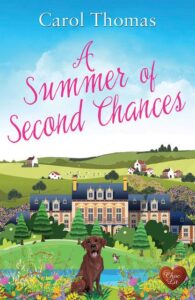 ‘I’m sorry—’ The man, still doubled over with his hands on his hips, sounded winded. ‘I heard a scream … and came to see if everything was all right. I had no idea you were about to come … like a banshee, hurtling along from nowhere, on what is …’
‘I’m sorry—’ The man, still doubled over with his hands on his hips, sounded winded. ‘I heard a scream … and came to see if everything was all right. I had no idea you were about to come … like a banshee, hurtling along from nowhere, on what is …’
‘Private property, I know,’ Ava retorted, flailing her arms in the direction of the woods.
She inhaled in readiness to continue, but as the man stood to his full height, flicking his fringe from his eyes, and offering the hint of a smile, no words came. Instead, Ava stood transfixed – recognition slowly dawning upon her.
I greatly enjoyed writing all of the scenes between Henry and Ava. While this marks a new beginning for them, all does not run smoothly, especially as Henry inadvertently leaves a donation at the shop that reveals secrets with far reaching consequences for them both.


